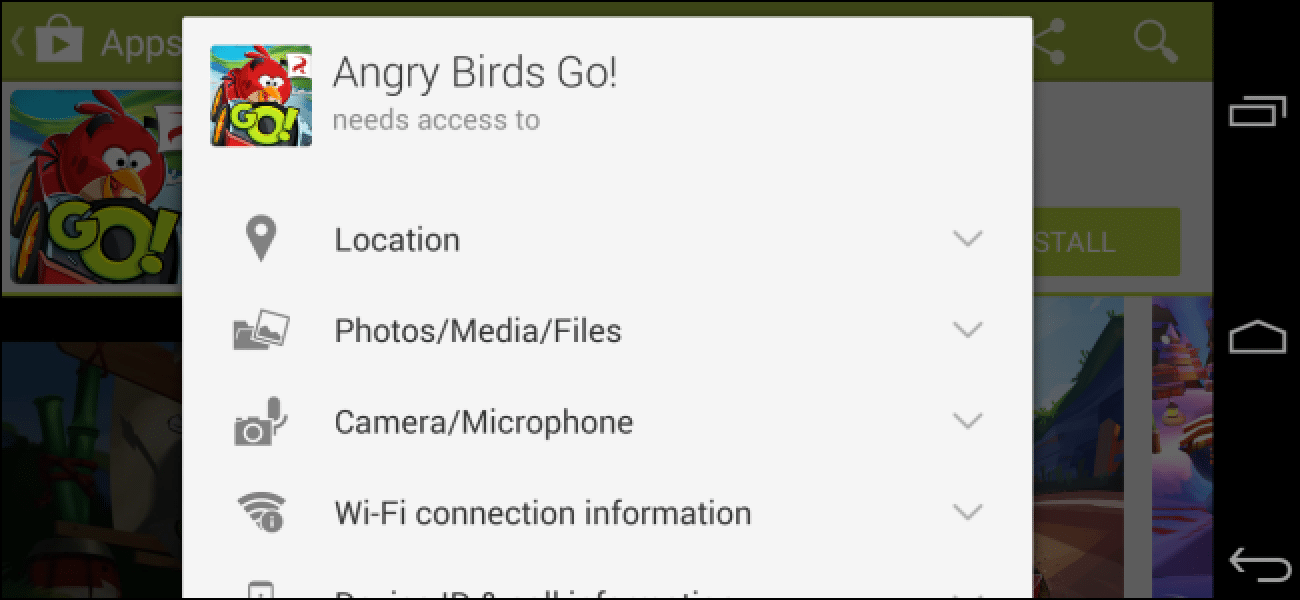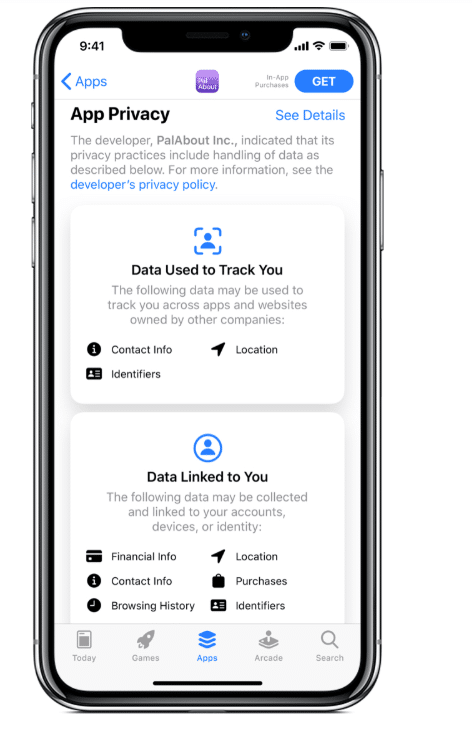SKAdNetwork, or What? The Assumptions of a New Reality After the Loss of IDFA!

Last announcement related to iOS 14 was not really a full surprise as since 2018 with API for iOS 11.3 that already allowed ad networks or advertisers to directly attribute installs from the App Store without relying on an attribution vendor. Apple already left us a clue on how a world without IDFA could look like in SKAdNetwork few OS before the iOS14.
What Will This Mean for the Mobile Advertising Industry?
Going from an ID to another is not something new in adtech, things move fast and anyone is constantly adapting. It is worth remembering before the IDFA we should not forget Apple replaced its unique device identifier, or UDID, with the IDFA in 2012. And so Google did as well in 2013 with the release of an advertising ID for Android, a replacement for its unique Android ID.
Today, those IDs have proven not to be privacy-preserving for the end-user and so a potential threat for the security of personal data of millions of users. Apple is only following his strict regulation on data privacy that is fully aligned with all legal regulations we are also seeing with CCPA, GDPR… It worth to add that Android users have been seeing app permission in the apps for years so showing the users what the app can access to seems actually to be something fair and needed that Apple needed to do to enhance the transparency on which data from the users are used by each publisher and enhance the user experience.

Also, Apple is known as well for his expectation to be really premium and provide a secure environment and premium user experience. Several years ago, Apple strongly restricted apps sending push notifications with advertising goals and even banned a lot from the store. They also highly restricted the CRM app review campaign we could run in-app which reshape also all CRM activities. Even if the last announcement was strongly oriented toward the IDFA, surprisingly enough Apple made a huge turn around related to the push notification that may also offer new advertising opportunities: “Apple allowing app developers to send promotions via push”. Another forgotten change of this privacy-centric announcement is definitely the store page as well that is meant to change as even before this contentment popup everyone is speaking about is asked, this will be fully reshaped and visible on the store page. This new iOS 14 change is a new change on the Growth team that will re-shape the way we are working. This makes the link between Product Development teams and Growth teams even stronger of what it was!

What Losing the IDFA Means for All Marketing Teams?
The biggest surprise was however on the user-level data. The user-level data: GEO, Device, App Version, In-App Event and Revenue Data, etc. is used for a lot of purpose by growth teams as:
- Attribution – MMP
- Analytics – Performance analytics, creatives, ad monetization
- User Experience – Deeplinks / Web to app
- Fraud Prevention
- Campaign optimisation / Targeting
- User list – RTG / Lookalike / Xpromo
The impact is huge, as today an industry that worth billions of dollars got a list of IDFA that might worth nothing tomorrow especially for a hyper-casual genre that monetizes those tons of users that might ends with a high LAT rate in coming weeks (September – October) due to this popup:

This is definitely a huge shift in all marketing teams that will have to rethink how they track, onboard and get the data; as user-level data will no longer be available and so all top of the funnel’s user-level events but also mid and end of the funnel user-level in-app events. Indeed, the chance to get the acceptance to track the user seems really low. Even if on a product side it seems that this popup will be possible to change in the wording by the developer. Even with the best wording, being tracked is still being tracked and I suppose really few users will accept it.
However, this is fully aligned with what we are seeing on the desktop world as on Safari, where third-party cookies are blocked by default and all last Legal worldwide announcements around personal information. But not getting campaign level/publisher level info or a restricted one of 100 campaigns only via SKAdNetwork is going to change the way we are currently thinking about our Growth strategies.
Indeed the attribution will be the first change that will fully change things as aggregated media buying revenue overall is highly vague in user acquisition where we use to track all clicks and impressions of each user. This is a big change and will be to be fully explained on how one day by another you still spend millions but only get data more probabilistic and maybe harder to explain to different stakeholders performance number and oriented.
To give an example, we will shift from this level of information:
| Spend | Revenue | ROAS | |
| Campaign 1 | x$ | y$ | z% |
| Campaign 2 | a$ | b$ | c% |
| Total | d$ | e$ | f% |
To this model of information:
| Spend | Revenue | ROAS | |
| Campaign 1 | x$ | ?? | ?? |
| Campaign 2 | a$ | ?? | ?? |
| Total | e$ | ?? |
Attribution Alternatives
An interesting approach of the media-mix from this article shows perfectly that UA is suitable even without last-click attribution:
-
- ‘Last-click attribution provides advertisers with a veneer of control, some percentage of spend obviously produces incremental revenue, but the way that users swirl around within the lines of sight of various ad platforms.
- The notion that measurability is exclusively a function of attributable clicks has been evaporating for years in a shift toward more holistic, macro-level measurement.
- A media mix model often also takes time-based, economic, and exogenous factors into account, such as competitors spending around a new launch or seasonality.’
It is important to understand that the GAFA (Google, Amazon, Facebook, and Apple) have been re-thinking the last-click attribution for years. Google introduces Bayesian techniques for capturing lagged responses and diminishing returns in a media mix model. A media mix model solution is writ large more relevant for advertisers that use a broad mix of offline and online marketing channels. Indeed, Google already introduced MCF attribution several years ago and offline user acquisition activity is already tracked even without MMPS.
UA team will have several options, some seem to go into probabilistic models as Algolift is already presenting that are highly related to some offline acquisition way of tracking:

Some seem to be totally different as Adjust just realised a new matching method between IDFV and IDFA with granular attribution compatible with iOS 14: The Attribution Hash.
Attribution with Fingerprinting
Fingerprinting uses User Agent instead of user level data. To me, this is out of the scope as Apple has confirmed that this way will also be required to ask for consent. The issues I have with fingerprinting are mainly accuracy, fraud – as it is more susceptible with fraud – if SANs don’t support it, it will not be possible anyway. In the WWDC session, they say Fingerprinting ID is considered tracking and Apple web policy already prohibits fingerprinting. They already rejected 16 web APIs that can enable Fingerprinting.
To me, the solution is more on deep linking or probabilistic methods, but this will show many challenges.
Is Retargeting Dead?
Retargeting is not dead but strongly impacted as DSPs! IDFA was the common identifier from our users table to the different publishers that get this ID in the Exchange inventory. All exchanges will need to find a new identifier as an email but we will not have the impression of granularity anymore.
This is actually a big change because the dynamic product ads lead by marketer based on the customer journey will be way less personalised. Not getting in-app events -if the user disagrees with sharing his information and the exchange disagrees to join SKAdNetwork- will be a huge issue to get a personalised funnel of conversion and reconversion.
Without information on what the user has done in the application, it is going to be really difficult to advertise to him on the next step of his customer journey. Same on targeting, not having a full suppression list in UA campaigns will cannibalise retargeting campaigns.
So, how to deal with it? Is it better to do only with the few users that accepted the popup to re-target them, knowing that the audience size might be really low and so the price really expensive? This all will depend also on the LTV of the users. But this is not ideal at all. It is going to be difficult for all referral programs in this user’s journey to get the right offer to the right user. And even being allowed to do it for users that will not accept this popup. All the user funnel and experience in the app on iOS may be highly challenged!
However, this is once again not new. The IDFA was assigned at the device level and can be reset by users at any time for years now. Adjust reminds us here: This differs from the IDFV ‘which was assigned to all apps by the one vendor and does not persist once all apps from that vendor are uninstalled. The Android equivalent of the IDFA is called GPS-ADID (or Google Play Services ID for Android). A user has access to their GPS-ADID in the settings menu under “Google – Ads”. They can also reset the ID and disable ad personalization so each user already had a choice to be forgotten on his personalised user experience’.
I would rather bet on the power of the GAFA and especially Facebook that already got a Facebook ID to continue to do proper campaigns. However, this is not really clear at the moment if this popup will or not include permission for this ID. Some solutions begin to be raised by Product and Solutions teams across the industry that are actually in development:
- SSO
- Email request to access the application
- CRM onboarding including landing page asking where the user comes from (Facebook / Google, etc.)
Some others will focus on the sign-up wall and Email / Phone request to access the applications as we mainly evolve in a loggin area on the internet with Facebook for instance that can based lookalike on it to get user-level information. However, email is not always the best as people do not always log in with their actual email on social media platforms.

Is SKAdNetwork a Solution?
SKAdNetwork will be really limited as all will be aggregated, but accurate and necessary when fingerprinting might be not accurate on a user level. I believe deep links will help more than the two previous solutions. But it will be a long way to develop a standard around it. However, we need to be patient and understand a bit more from Apple the possibilities we might have with it! The question will also be around the adoption of it, will all ad networks go for SKAdNetwork rather than a mail exchange environment?
What’s ‘good’ with SKAdNetwork is the fact this solution does not require any opt-in. Apple will provide no more than 100 campaign ID’s per ad network and the ConversionValue+SourceAppId to measure post install performance of the campaign. The solution is not optimal but it will still be useful to gather some information.
How Does This Affect Monetization and UX?
Monetization for all but especially for hyper casual gender is at high risk with this new regularisation of Apple. The onboarding of the user as well as apps, to monetize the user will need to ask more to the user before he would be actually able to play his game.
At some point, data is needed and will become key in the onboarding of the user. Without it, how will Ad Network know what ad to serve to a user that did not opt-in and that they do not have any information about? Networks will be bidding on impressions more blindly and all the industry is actually already predicting a decrease of the CPM. Another issue is on monetization directly, how will it be possible to organize decent mediation, waterfall, bidding when we will be that blind? Apple has not been well known to be an email lover but DSPs that are IDFA-based will really struggle not to develop an email exchange environment when they are today specific devices (by IDFA) based.
This will affect UX as the app will have to think how to opt-in users to get at some point some data. Some companies are thinking not allowing the user to enter if not logged in on a social platform or providing an email. Some others are thinking about adding a profile space in the game environment and how to add in the onboarding lifecycle some push/ landing page to ask and show the added value for the user to be logged in. The sign-up wall will really become centrale in the value we can attribute to the user in order to access at some point to his data with a Social ID for instance.
Because in the end, in order to even get the Facebook SSO for your game it is highly possible that you will need a consent banner. As Facebook is not meant to be an SSO of security as an okta or duo for instance; the way it is going to be integrated is also going to be interesting. This is definitely reshaping the onboarding each app has.
To Sum Up
As Socrates said: The secret of change is to focus all of your energy not on fighting the old but on building the new!
This is exactly what means this IDFA change that might be terrible for some but might show some new opportunities for Growth teams! At the moment, we are at the beginning of something new, we can only make assumptions and create our next opportunities.
***
The opinions and views shared in this article aren’t in any way connected to the Product Madness company view.









